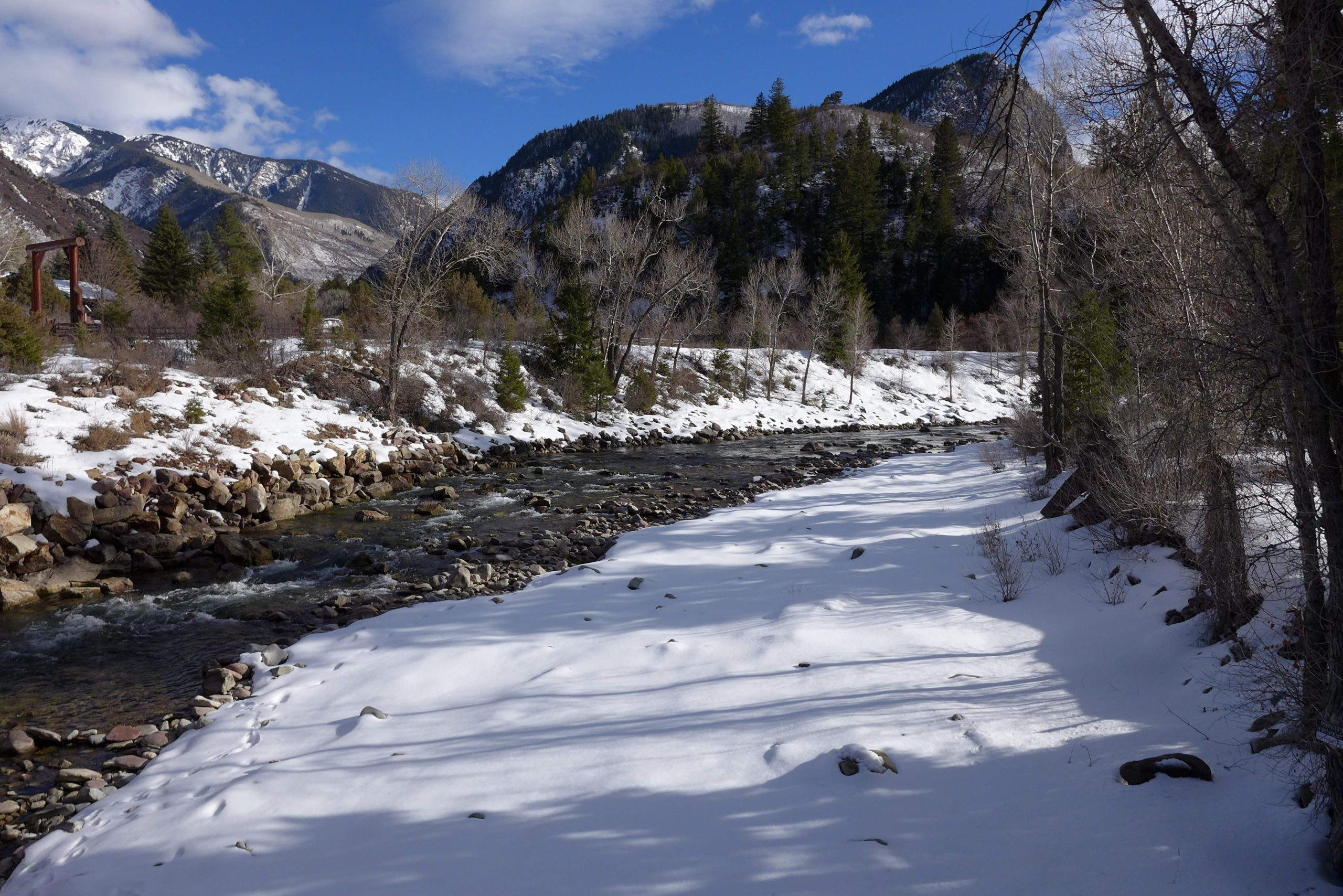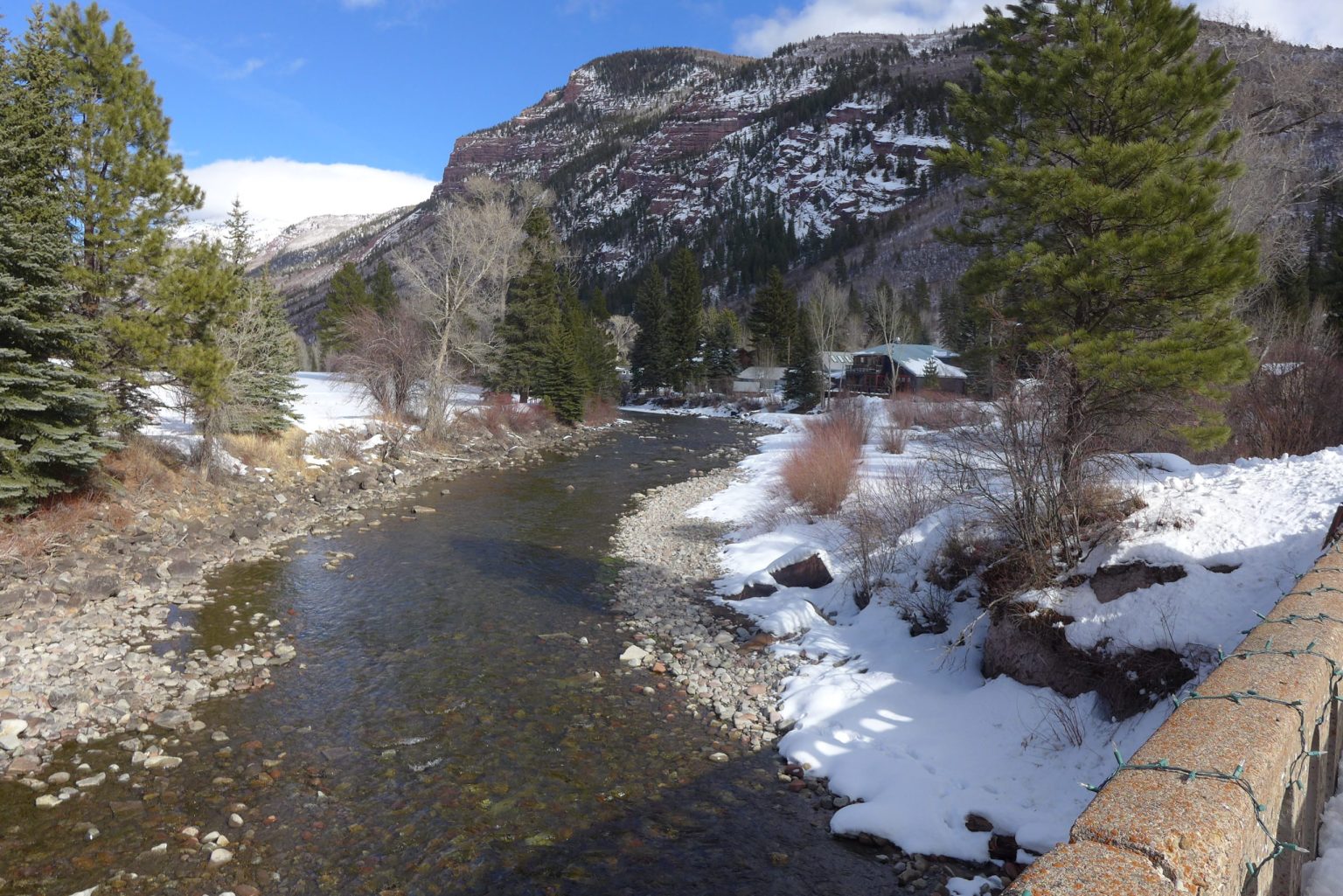
REDSTONE — After a four-year hiatus, residents of the Crystal River valley are reviving efforts to protect the upper portion of the river through a federal designation.
The Crystal River Caucus, Pitkin County, the Crystal Valley Environmental Protection Association and others are once again discussing designating the upper 39 miles of the river — from the two branches of its headwaters in the Snowmass-Maroon Bells Wilderness to the first major downstream irrigation diversion, the Sweet Jessup Canal — as Wild & Scenic.
Designation under the Wild & Scenic River Act of 1968 brings protection from development. For example, new dams cannot be constructed on the designated stretch, and federal water-development projects that might negatively affect the river are not allowed. The National Wild & Scenic Rivers System seeks to preserve rivers with outstandingly remarkable scenic, recreational, geologic, fish and wildlife, historic and cultural values in a free-flowing condition.
Supporters of the designation on the Crystal want two main restrictions aimed at protecting the free-flowing nature of the river: no dams on the main stem and no diversions out of the basin.
They say now is a good time to try again for the designation because with a Democratic majority in both the House and Senate, and a Democratic presidential administration, federal officials may be more friendly to the idea than under the previous administration. Work toward the designation was shelved in late 2016 after the election of Donald Trump.
“We are kind of picking up the pieces and shaking off the dust and seeing where we need to go from here to make this thing happen,” said John Emerick, chair of the Crystal River Caucus. “We probably don’t have a whole lot of time to lose to take advantage of the political situation as it stands right now.”
There are two ways that a river can be designated as Wild & Scenic: The secretary of the Interior can designate a river if a state governor requests it or Congress can designate a river, usually after a land-use agency conducts a study to see whether it’s eligible. The U.S. Forest Service determined that the Crystal was eligible for designation in the 1980s and reaffirmed that finding in 2002.

Local opposition
But even if federal officials support it, the plan would still need the backing of local entities, which has been a challenge in past attempts. The last time supporters tried to move forward with a proposal on the Crystal, they ran into local opposition from the town of Marble and from Gunnison County.
“I can’t envision any type of designation in a county or where the river runs through a municipality without the support of the county and the municipality,” said Pitkin County Attorney John Ely.
This time around, supporters are discussing forming a grassroots steering committee to head up an outreach campaign to get Gunnison County and Marble on board and address any concerns residents might have about the federal designation. In previous years, some voiced concerns about federal government control and overreach, according to Marble Town Manager Ron Leach.
“It’s a completely different council since the last time,” Leach said. “It’s hard to say where this council would be as far as Wild & Scenic.”
Supporters also agree that getting buy-in with — or at least avoiding direct opposition from — the Colorado River Water Conservation District also would be helpful. Board members of the Glenwood Springs-based organization expressed opposition to the measure in 2014.
But at a September meeting of the Crystal River Caucus, River District General Manager Andy Mueller said his organization had no interest in interfering with a Wild & Scenic designation.
Ely, who also sits on the River District board, said getting the support of the River District in a Wild & Scenic proposal is very important.
“Is (their support) necessary?” Ely said. “No, not by law, but it certainly would be helpful.”
Fear of water-development projects on the Crystal has been stoked recently by a study of a backup water-supply plan, undertaken by the River District and the Rifle-based West Divide Water Conservancy District. The 2018 drought, which left some agricultural water users on the Crystal short, prompted the feasibility study of a basin-wide augmentation plan. But some fear that the findings, which have not been released yet, could include a recommendation of dams and reservoirs.
“If we don’t do something, there is a very real possibility of further water development in the Crystal River Valley,” Ely said at a Jan. 28 Crystal River Caucus meeting.
Despite its renowned river rafting, fishing and scenic beauty, which contribute to the recreation-based economy of many Western Slope communities, Colorado currently has just 76 miles of one river — the Cache la Poudre — designated as Wild & Scenic. That’s less than one-tenth of 1% of the state’s 107,403 river miles.
In 2009, the state of Colorado established the Wild & Scenic Rivers Fund, which despite what its name suggests, is dedicated to avoiding the federal designation. Last June, federal agencies signed off on the Upper Colorado River Wild and Scenic Stakeholder Group Management Plan, which lays out a blueprint for protecting the Colorado River between Kremmling and Glenwood Springs without the Wild & Scenic designation.
Aspen Journalism covers water and rivers in collaboration with Swift Communications newspapers. The Crystal Valley Environmental Protection Association is a donor to Aspen Journalism. This story ran in the Feb. 4 edition of The Aspen Times.
The Water Desk’s mission is to increase the volume, depth and power of journalism connected to Western water issues. We’re an initiative of the Center for Environmental Journalism at the University of Colorado Boulder. The Water Desk launched in April 2019 with support from the Walton Family Foundation. We maintain a strict editorial firewall between our funders and our journalism.





